What Kind of Stain Is It?
Before picking any cleaning chemical, you first need to identify the type of stain you're trying to lift.
Our showroom has tons of options in this category. Most people start with the following:
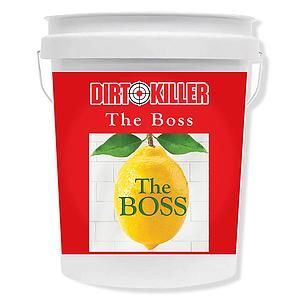
The Boss
The Boss (1 gallon, 5 gallons, 55 gallons) – An eco-friendly, water-based degreaser. A very mild cleaner, safe for almost every surface. Great on glass.
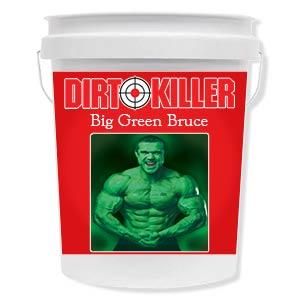
Big Green Bruce
Big Green Bruce (1 gallon, 5 gallons, 55 gallons) – Often called "Simple Green on steroids", this eco-friendly cleaner is very effective for all sorts of surface stains.
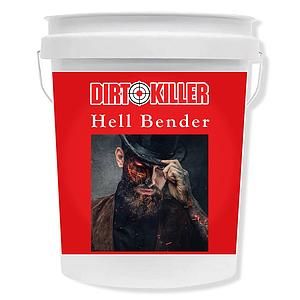
Hell Bender
Hell Bender (1 gallon, 5 gallons, 55 gallons) – A slightly more aggressive hydroxide-based cleaner. Safe for most outdoor surfaces, its uses range from deck stripping to house washing (depending on the concentration).
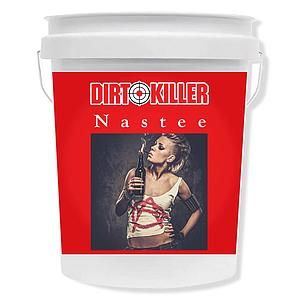
Nastee
Nastee (1 gallon, 5 gallons, 55 gallons) –The most aggressive degreaser we sell. If this doesn’t lift the stain, it's not going to budge. Originally intended for cleaning trashed concrete and for areas that have been neglected for years, this product has grown to be a little more versatile and is now used by contractors to strip decks, clean trains, clean trash trucks, for construction site cleanup, and of course for kitchen hood and duct cleaning.
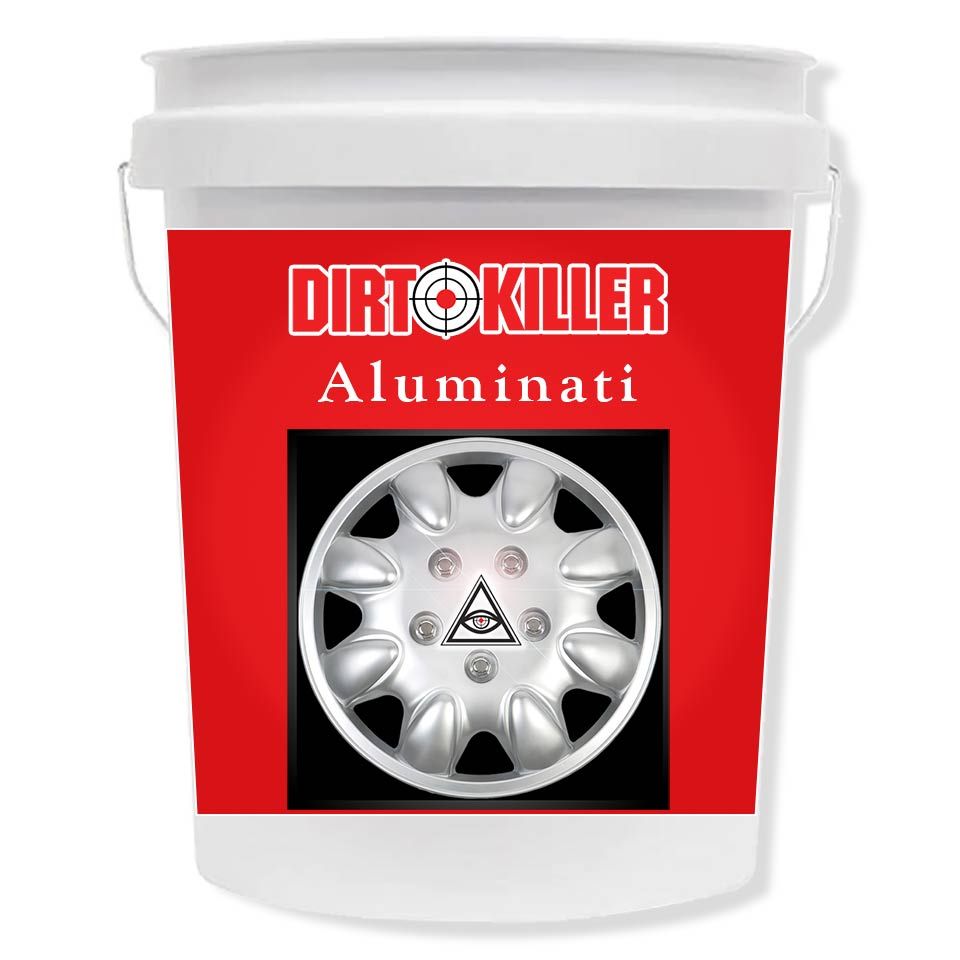
Alumanati
Alumanati (5 gallons, 55 gallons) – Great for restoring aluminum. Also good for rust removal.
What Kind of Surface Is It?
After going through the above question of, "What kind of stain is it?" you then need to identify the type of surface from which you are lifting the stain.

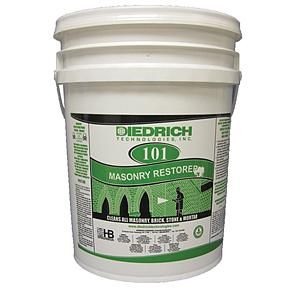
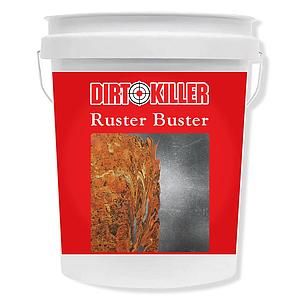
Chemicals 101